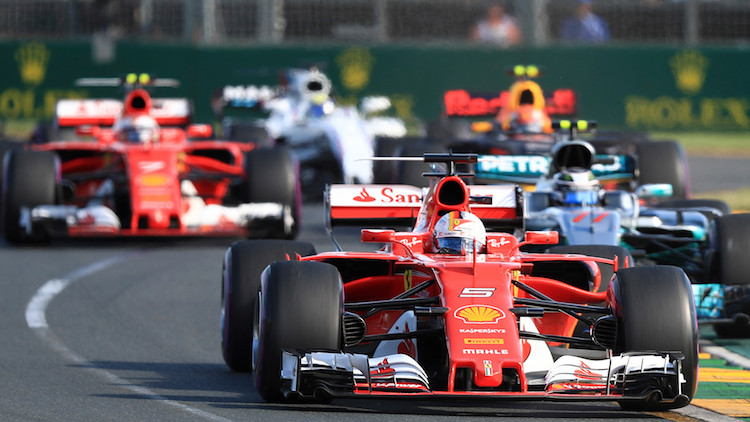I recently spoke at NANOG 70 in Bellevue, Washington on the topic of vendor hype in the space versus the reality of what we can and can’t do right now with automation. A huge part of my topic was that some of the tooling out there now is just not to a maturity point yet for us to fully realize all that we soon should be able to. However, in my prep work and during conversations with attendees before and after my presentation another extremely important concept became super clear to me…maybe a more important point than what I originally intended to focus on.
Use Cases matter. I mean, we all know this…at least we would all claim we did. It seems obvious, but when we are talking to vendors OR vendors are talking to us how often does this become the focus of the conversation/demo/sales pitch?
In my morning prep the day of the presentation it jumped out that I needed to stress this in the session later that day. I was thinking of the open source tools versus proprietary tool focus I was intending to focus on and realized the message needed to be a slight variation on that. You see, when considering your budget for an automation project you should think about many things:
- What is my use case?
- What is the volume of transactions I have to deal with?
- What is the cost of performing this manually?
- What benefit will full automation bring me?
- What is the cost of automation for this use case?
- Will this automation cover OTHER use cases that I need to consider?
There is more than that, but I want to focus in this specific realm of questions.
If your use case is the equivalent to running down to the corner grocery to buy some things for dinner that night, you certainly don’t need to buy a Formula One car to do so. Your daily driver car, or maybe even your bicycle or feet, will do just fine for that. No matter how urgent dinner plans may get there is not a single scenario where the justification exists for that Formula One car.
Likewise, if you are entered into the Formula 1 Rolex British Grand Prix, you certainly don’t want to try to enter it in your daily driver. That car isn’t even going to get you on the track.
Too often we don’t consider our use case, and neither do the vendors trying to sell us on their solution. We get our heart set on that Formula One car and all of the shiny parts and how fast it will go, but we have a daily driver use case. In this scenario the return on your investment never materializes. You may be set to win the race, but it is a race you aren’t even participating in.
My point? Consider what you need to accomplish. If you aren’t sure what is possible, or what tools are available outside of the Formula One set that is out there, look for someone that can help. Look at open source. Look at the smaller vendors, like Itential, that can help you ease into this and grow as your use cases do. Consider the big guys too, of course, it is naive to think you don’t need to be well informed of your options.
The main takeaway, in my opinion, is arm yourself to win the race you are actually in. Be smart. Automate as much as you can, but don’t bankrupt yourself doing so. This is a journey we are on, and it is one that can be won.
If you are interested in my talk, and hearing my Southern drawl in the process, check out the recording at: https://www.youtube.com/watch?v=N5wbYncUS9o
Tags: No Tags Available
